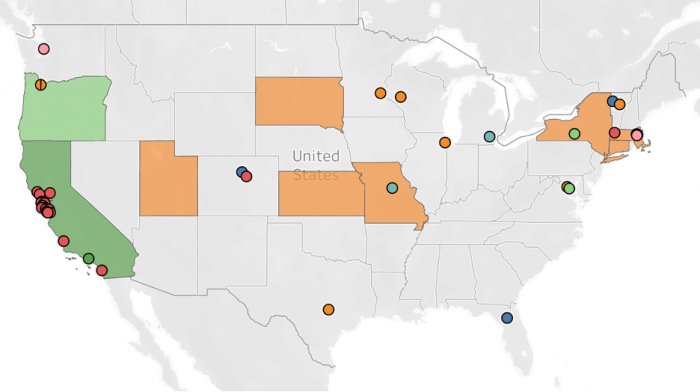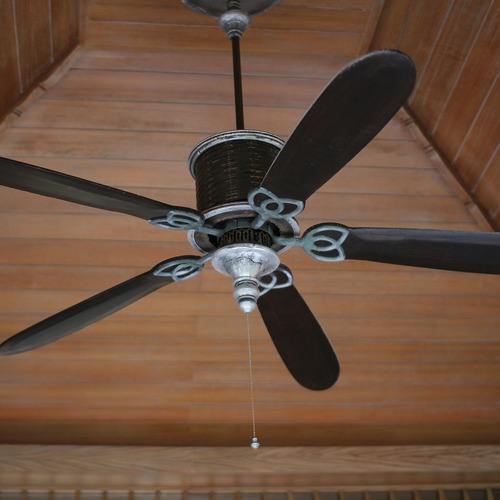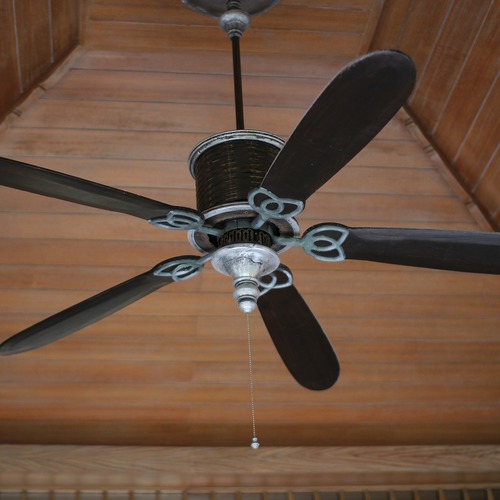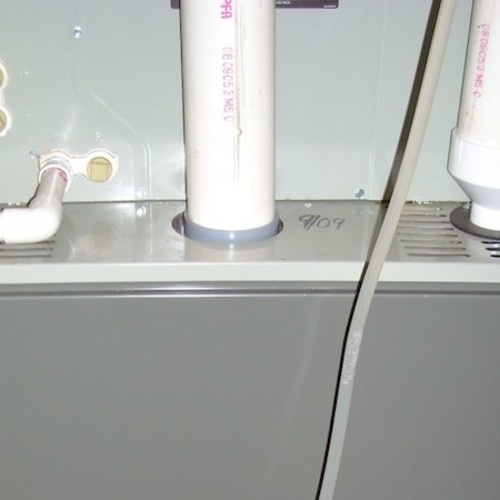
COVID-19 and the resulting economic downturn have turned the existing housing crisis from bad to worse. Renters in more than 8 million homes are behind on payments, and as they struggle to make ends meet, utility bills further burden tenants. Compounding this problem is a lack of energy efficiency in rental homes, which is both an equity and environmental crisis.
On May 10, the City of Burlington, Vermont, took a step that will help renters to both lower their costs and reduce greenhouse gas emissions. The Burlington City Council unanimously approved an ordinance that sets minimum energy efficiency standards for residential rental properties, starting on January 1st, 2022.
Rentals use more energy
Rental buildings consume, on average, 20% more energy per square foot than owner-occupied buildings. Much of this disparity stems from the so-called “split incentive problem.” Landlords have little incentive to improve home efficiency when they do not pay energy bills, and tenants have little incentive to make improvements to a home when they may not be present to reap the full benefits of that investment. In addition, these poorly-performing homes are disproportionately occupied by low-income residents, people of color, and other underserved communities—the constituents who can least afford to pay exorbitant energy bills.
Many policies to address home energy efficiency have helped only a small fraction of homes nationwide and often disproportionately benefit white people and wealthy people. However, rental efficiency standards can help improve quality of life and affordability for renters. By reducing home energy costs, particularly for the worst-performing rental units, these standards can mitigate unfair burdens for a city’s most vulnerable residents.
The key to a rental efficiency standard is a reduction in the total cost of living for the building occupants. While landlords may pass retrofit costs through to their tenants, tenants will benefit on the whole if energy bill savings are greater than increased rent. To maintain affordability, most standards target the worst-performing homes, ensuring that most retrofits will have high energy bill savings compared to the cost of the upgrade.
Improving efficiency also increases tenant retention, providing benefits to landlords that make the policy a win for both parties. Additional strategies, including cost caps on upgrades, financing, incentives, and exemptions for certain properties can further improve affordability, making sure that costs remain low and benefits high.
Starting with the real energy hogs
Rental efficiency standards help buildings achieve efficiency in two primary ways: either using operational data (how is the building using energy?) or through an asset rating (what are the key building characteristics?). Burlington’s approach uses operational data. It requires rental units consuming more than 90,000 Btu of energy per conditioned square foot per year for space heating purposes to improve their efficiency. For context, the median U.S. rental home consumes about 53 kBtu per square foot of energy per year for all end uses, including heating.
Compliance with an efficiency standard is typically achieved by improving parts of a home, such as windows and insulation. Over time, the energy efficiency threshold could be ratcheted down to require rental homes to meet increasing levels of efficiency.
Other standards, such as Boulder’s SmartRegs program, are based on asset ratings. In those programs, buildings are inspected and receive a score that estimates their overall energy efficiency based on components like windows, air sealing, and insulation.
Scores can be based on a custom checklist or a national standard, such as the Department of Energy’s Home Energy Score (HES) or the Home Energy Rating System (HERS). If a home does not meet the right score, the landlord must change the building to comply. Often, scoring systems also recommend upgrades so that landlords know what kinds of retrofits will best help them save energy and achieve compliance.
Many rental efficiency policies are implemented through existing rental licensing or certification programs where the ability to rent the property is contingent upon meeting the efficiency standard. Using an existing structure can substantially streamline the implementation process and make the policy an attractive option for a city government. State governments can further consolidate the process by standardizing the checklist or scoring system used by municipal governments and helping to train or certify the rental inspector workforce.
Resilience and jobs
Efficiency standards also can improve home safety and resilience, particularly important as renters include many of a city’s most vulnerable residents. When homes are poorly insulated and improperly sealed, they may not be able to protect occupants from extreme heat or cold. This is especially true during power outages, where homes built to modern efficiency standards provide far more protection than older, unweatherized homes. With strong storms and extreme weather events on the rise due to climate change, this risk is increasing.
The power crisis experienced in Texas this February is an unfortunate example of the damage possible when millions of poorly weatherized homes are left without power for an extended period. Improving a building’s insulation and air sealing can increase the building’s “hours of safety” so that it can retain a livable temperature for a longer period if the power has gone out.
Weatherization is one part of the solution to make energy systems more resilient. Vermont established its first energy-related requirements for residential buildings in the 1970s, with a much more comprehensive Residential Building Energy Standard enacted in 1997. As nearly 75% of Burlington’s homes were built before the 1990s, many homes are not prepared to provide comfort and safety during extreme weather events. The problem is widespread in the United States as a whole, where more modern energy codes gained steam in the 2000s, and more than 80% of homes were built before that decade.
Energy efficiency employs almost 2.4 million people nationally. Requiring buildings to improve their efficiency is a good way to further develop the contractor workforce. In so doing, it is essential to prioritize creating job opportunities for women and people of color. Programs such as RichmondBUILD Academy, Rising Sun Center for Opportunity’s Climate Careers program, Elevate Energy’s Contractor Accelerator, and RMI and Emerald Cities Collaborative’s Contractor Academy are examples of organizations working to build a diverse workforce. Training and workforce development are key ways to ensure that the market is prepared to deliver on these policies, and that workforce can later serve to deliver on other building decarbonization goals.
Helping cities meet climate goals
Rental efficiency standards are also a meaningful climate policy. Buildings are the largest source of greenhouse gas emissions in many cities (e.g., Detroit, New York City), and more than 50% of homes in many cities are rented. Nearly 30% of homes in Burlington are rented, so reducing energy consumption from this sector will help the city make meaningful progress toward its goal to become a net zero energy city by 2030.
Under state law, some cities cannot set energy requirements for existing rentals. In those cases, using energy labeling and disclosure can provide renters with useful information on energy costs to help protect against energy insecurity. Energy labeling and disclosure policies, rather than requiring efficiency improvements, involve measuring, recording, or estimating a home’s energy use and providing that information to prospective occupants. Making that information accessible can incentivize efficiency improvements and jump-start the market for home retrofits.
Two days after the Burlington City Council voted unanimously to implement a rental efficiency standard, the Montpelier City Council voted unanimously to adopt a home energy information ordinance. This follows Montpelier’s participation in a cohort of cities developing energy labeling policies convened by Earth Advantage and RMI in 2019–2020. While Montpelier’s policy is focused on home sales, disclosure policies can also use time-of-rental as a trigger.
Other cities take same approach
Many cities have already charted a path toward a more equitable and clean future through rental efficiency standards, and Burlington follows in the footsteps of Boulder, Colorado and Gainesville, Florida among others. Still more cities; including Columbia, Missouri and Somerville, Massachusetts; are currently working on rental efficiency standards. The Urban Sustainability Directors Network and a number of Michigan municipalities are looking into these policies as well. As shown by the map below, cities across the country are making progress on a wide range of residential energy policies—including building electrification, rental efficiency standards, and energy labeling.

As calls for racial and income equity, housing affordability, green jobs, and climate action reach new levels, the potential impact of—and interest in—carefully designed rental energy efficiency standards will continue to grow.
RMI’s rental efficiency toolkit is one resource that provides further guidance on policy considerations. To learn more about rental efficiency standards or explore if they might be a good fit for your municipality, please reach out to Jake Glassman at [email protected].
Weekly Newsletter
Get building science and energy efficiency advice, plus special offers, in your inbox.














4 Comments
I am going to guess that, in order to comply, the landlord /owners will inform all tenants that their leases will not be renewed and upgrades will be required; THEN, following energy upgrades, the apartments/rentals will be relisted at new rates coinciding with the upgraded values. This eliminates the need to evict tenants and get higher paying clients.
My guess is many leases will not be renewed and the units will be sold as homes or condo shrinking the supply of rentals giving the remaining landlords the perfect opportunity to raise the rent.
Walta
Another problem with rentals is the type of structure involved. As an example, the DOE Weatherization Assistance Program (WAP) offers many energy saving opportunities, but insulation and air leakage still remains the meat and potatoes of the program. With multistory buildings however, wall insulation is often impossible, and roof insulation is a close second. Air leakage may be limited to not much more than sealing around windows, and then there are additional issues of PTACs, boilers, multiple blower doors, unfamiliar energy audits, etc.. Plus, even a small-to-medium multifamily building may wipe out the majority of a WAP agency’s annual production (DOE rules only allow 20% of budgets to be devoted to multifamily buildings). As a result, more funding and training (along the lines of another ARRA) is necessary to really address these larger, more complex building types.
Part of the problem is there are no tax credits/deductions associated with energy upgrades for rental properties. I’m upgrading a 4plex in zone 6a and any money I spend on insulation needs to be amortized over 27 years and the market won’t pay any more for extra insulation.
Log in or create an account to post a comment.
Sign up Log in